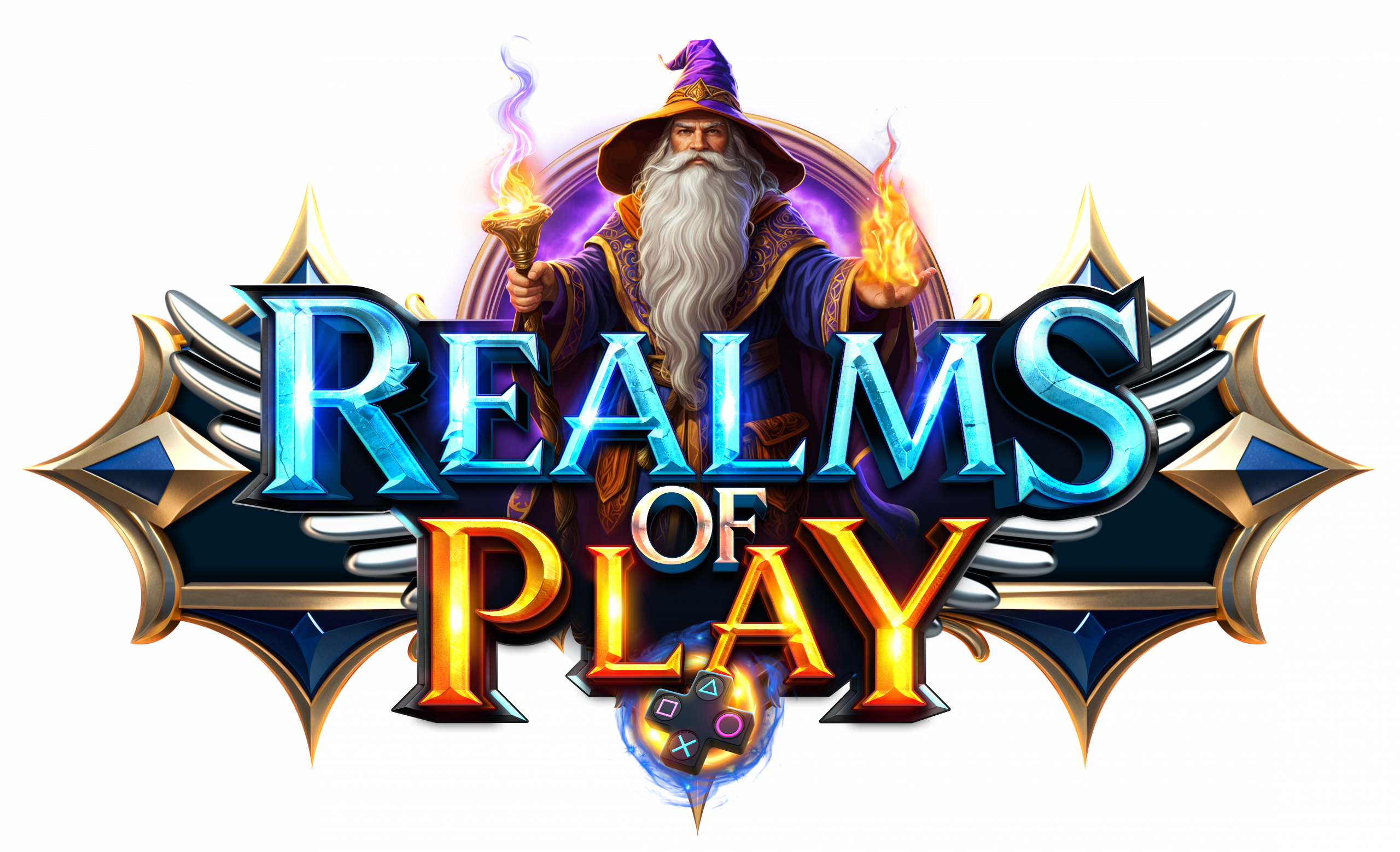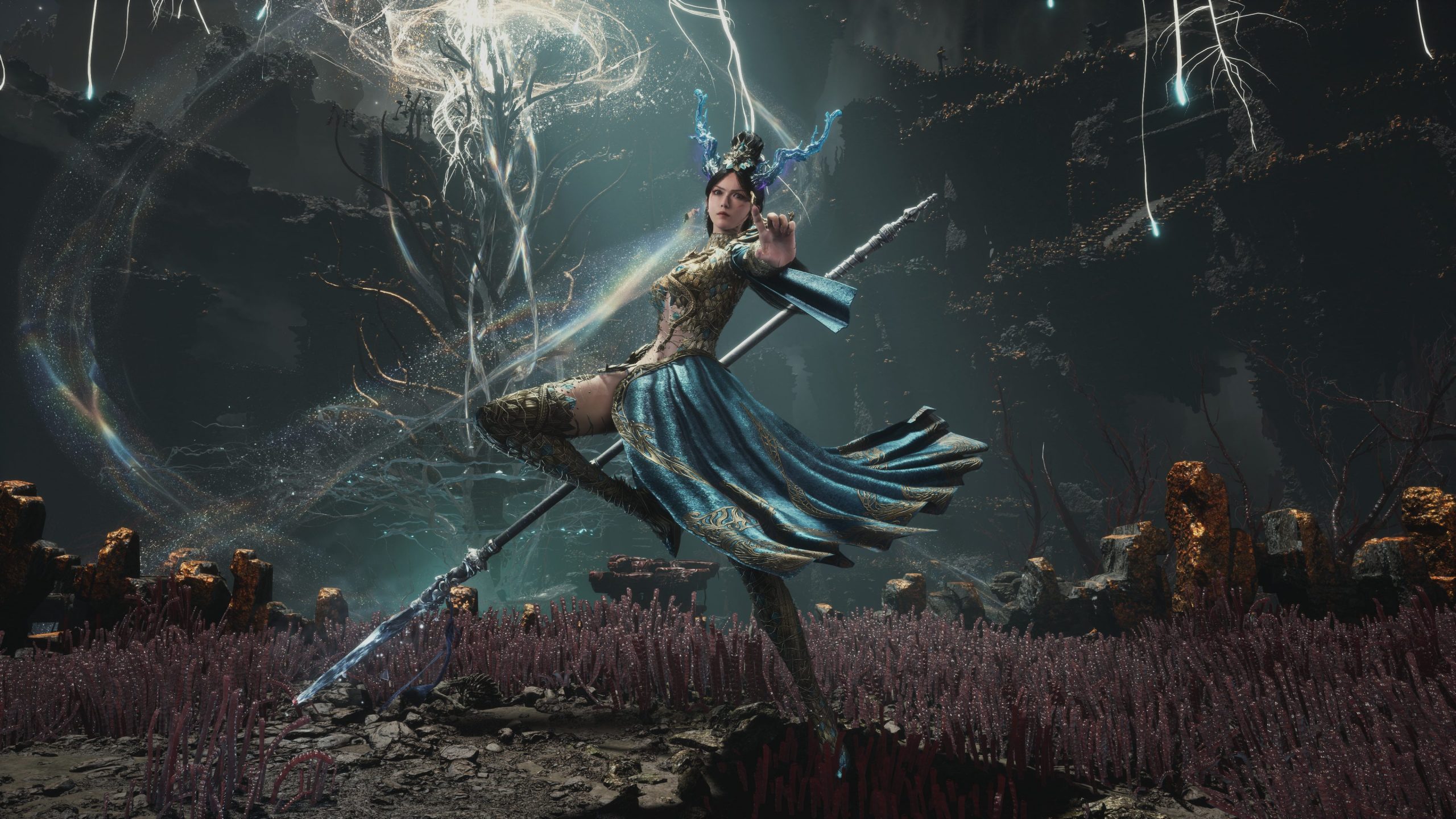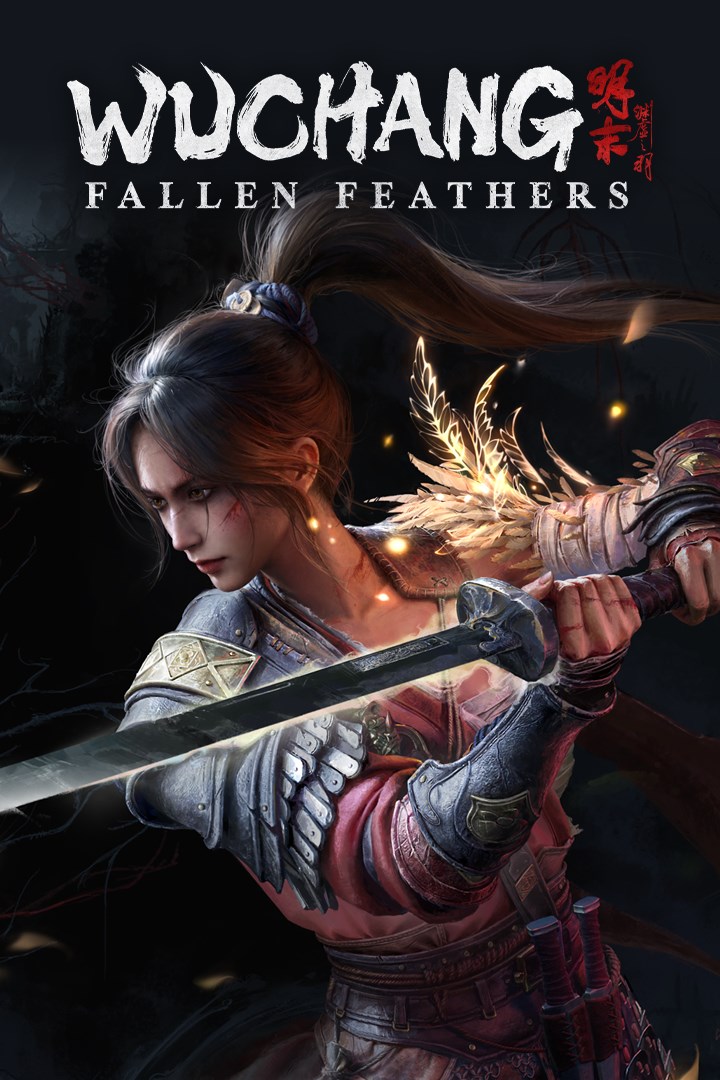How Wuchang twists real Ming Dynasty history into a soulslike nightmare of feathered monstrosities.
While most Soulslikes conjure their horror from fictional realms and crumbling empires, Wuchang: Fallen Feathers takes a bold step into history—rooting its dark fantasy in the very real collapse of the Ming Dynasty. Developed by Leenzee and published by 505 Games, the upcoming action RPG doesn’t just deliver punishing combat—it immerses players in a world unraveling at the seams, where myth and history bleed into one another.
Here’s how Wuchang fuses Chinese mythology, cultural decay, and player-driven narrative into one of the most unique game settings in the genre.
A World in Ruin: The Late Ming Dynasty as Ground Zero
The game is set during the late Ming Dynasty, a period marked by internal strife, famine, and the fragmentation of imperial rule. Warlord factions battle for control, while peasant uprisings threaten to tear what remains of the empire apart. This historical backdrop provides fertile ground for a world where civilization teeters on the edge—and where supernatural forces slip through the cracks of reality.
Ruined temples, decaying cities, and abandoned villages are rendered in grim, Bloodborne-esque decay, with architecture rooted in authentic Ming Dynasty design. It’s a setting where every corridor and shrine feels both sacred and desecrated, a reflection of a nation’s slow collapse.
The Ornithropy Curse: Myth Made Monstrous
Central to the game’s lore is Ornithropy—a mysterious plague that warps its victims into twisted, avian horrors. Inspired by the Garuda of Hindu mythology and the Peng bird from ancient Chinese legends, the disease serves as both a visual motif and a narrative force. Feathers, talons, and grotesque mutations haunt every enemy encounter, turning familiar human forms into birdlike nightmares.
As protagonist Bai Wuchang, players must navigate this world while grappling with the curse herself, raising questions about identity, transformation, and humanity’s fragility.
Alliances and Endings: Your Choices Matter
Wuchang isn’t just a journey through hellish landscapes—it’s a morally complex tale shaped by the player’s choices. Depending on whom you align with—the remnants of the imperial court, rebel factions, or hermetic sages—your story will branch, culminating in multiple endings that reflect your path through this fractured world.
These aren’t cosmetic changes; alliances shift questlines, alter world states, and can even change enemy types in certain regions. The political and personal consequences of your decisions are woven deeply into the lore.
Monsters Born of Myth: A Living Bestiary
Enemy design in Wuchang draws heavily from the Shanhai Jing, a classic Chinese text detailing mythological creatures. Players will face beasts inspired by serpentine river gods, plague-carrying spirits, and undead monks cursed by false enlightenment. These aren’t just boss fights—they’re cultural echoes, nightmares pulled from the pages of China’s mythic past.
Combined with the game’s Unreal Engine 5 visuals and cinematic presentation, each enemy feels like a ghost story given flesh.
History Rewritten as Horror
In Wuchang: Fallen Feathers, the fall of the Ming Dynasty isn’t just a backdrop—it’s a character, a mood, a prophecy. Through haunting visuals, grounded mythology, and a branching narrative shaped by choice, the game crafts a world where history becomes horror.
For fans of deep lore, cultural mythmaking, and narrative weight in their action RPGs, Wuchang stands to be one of 2025’s most compelling releases.


